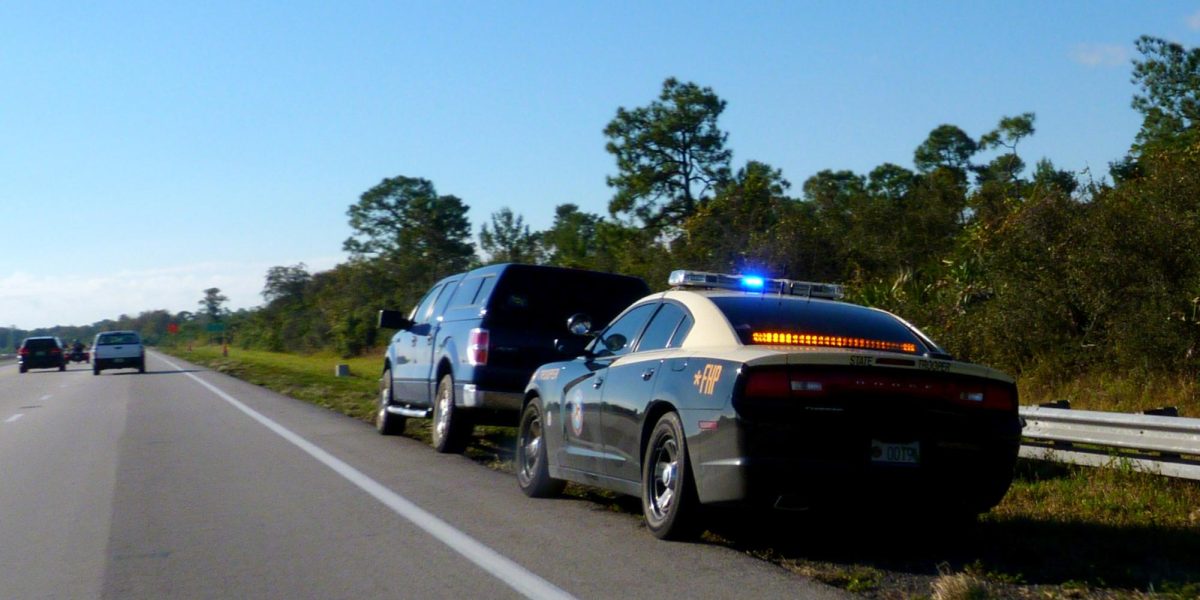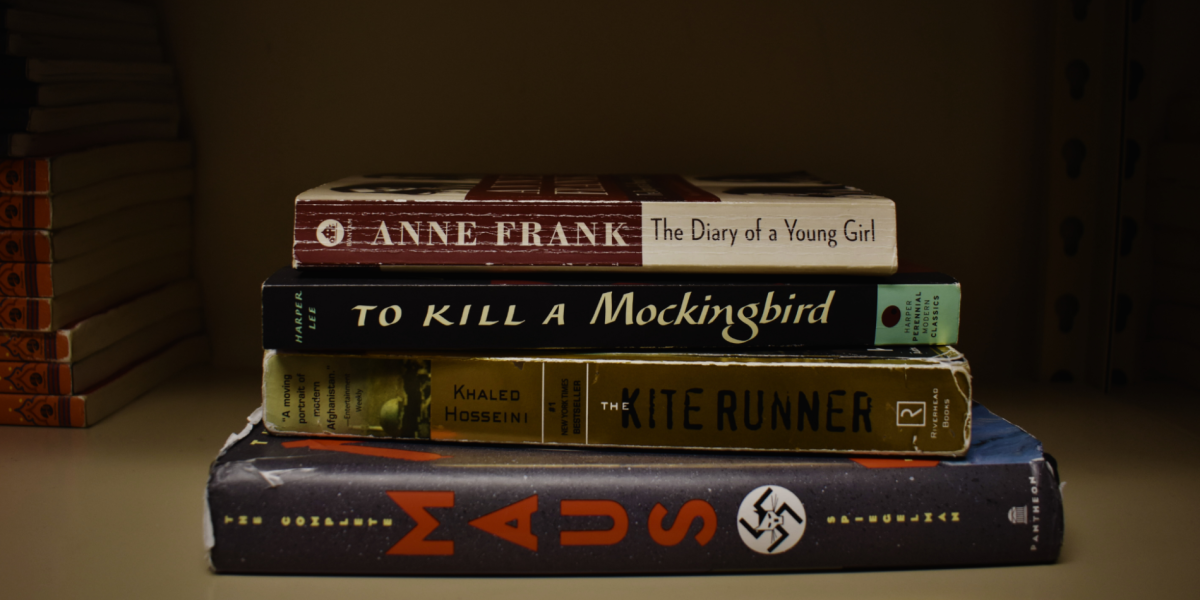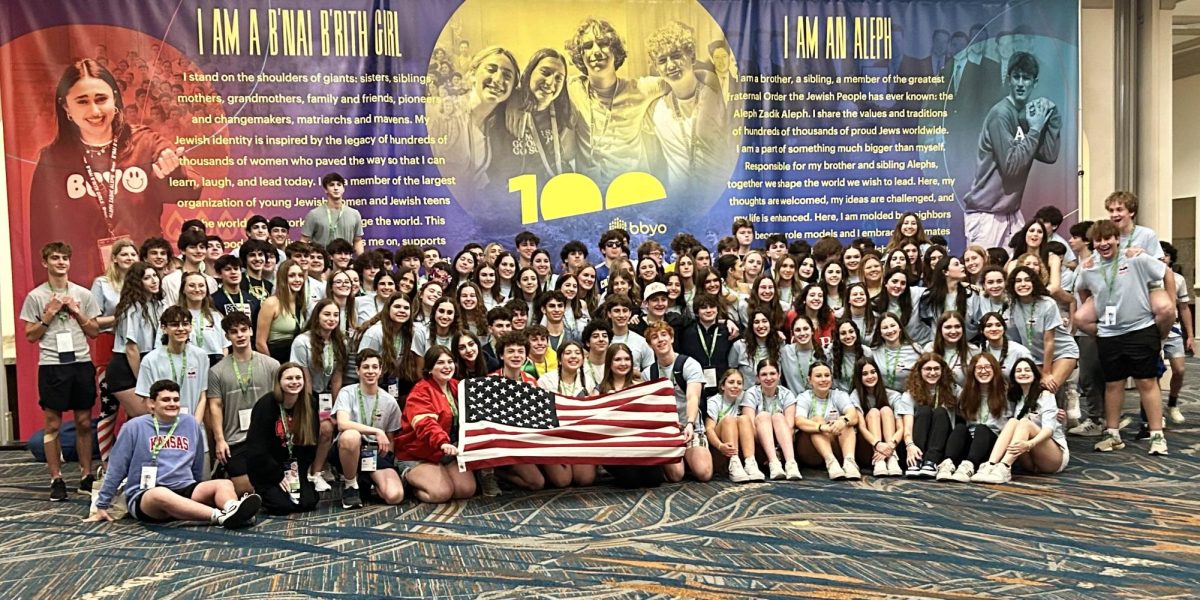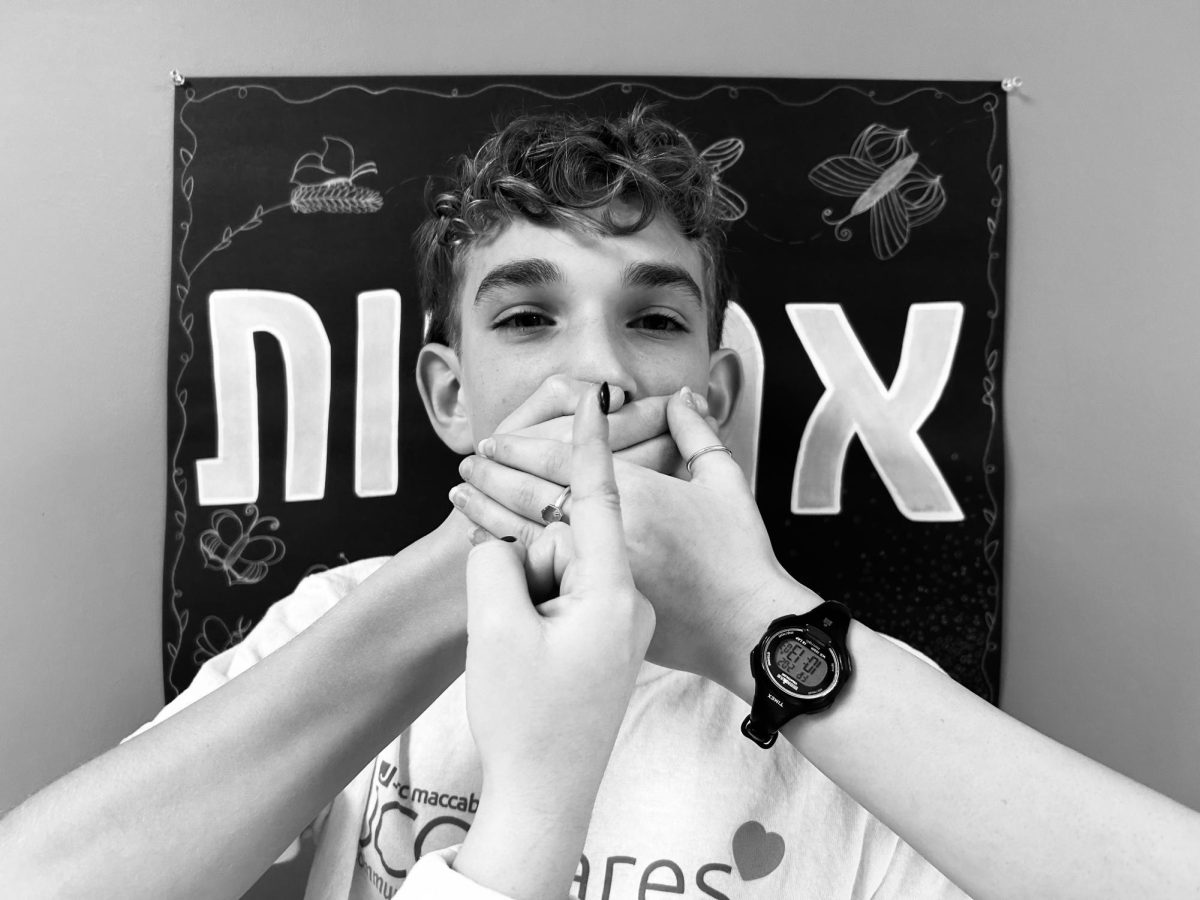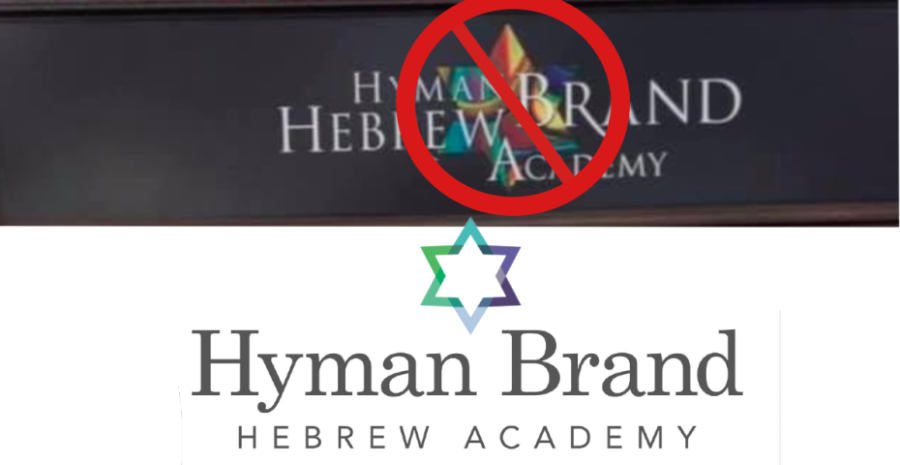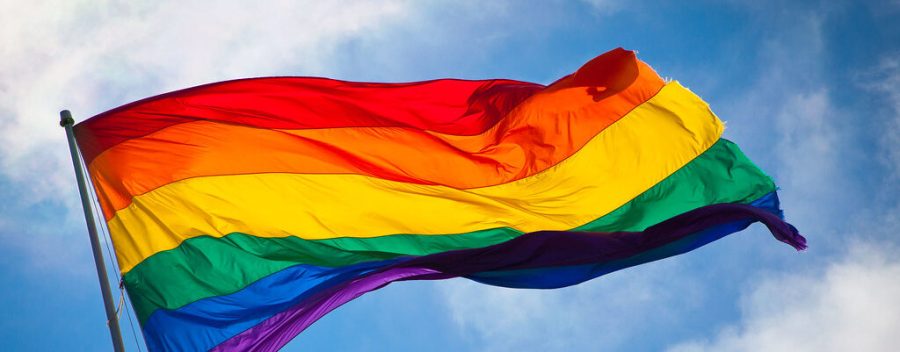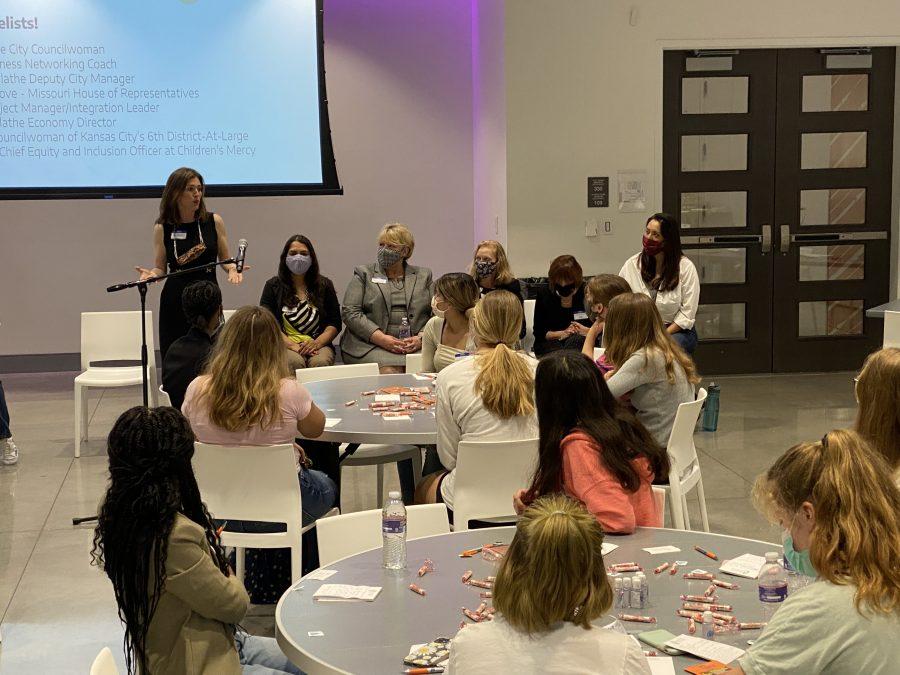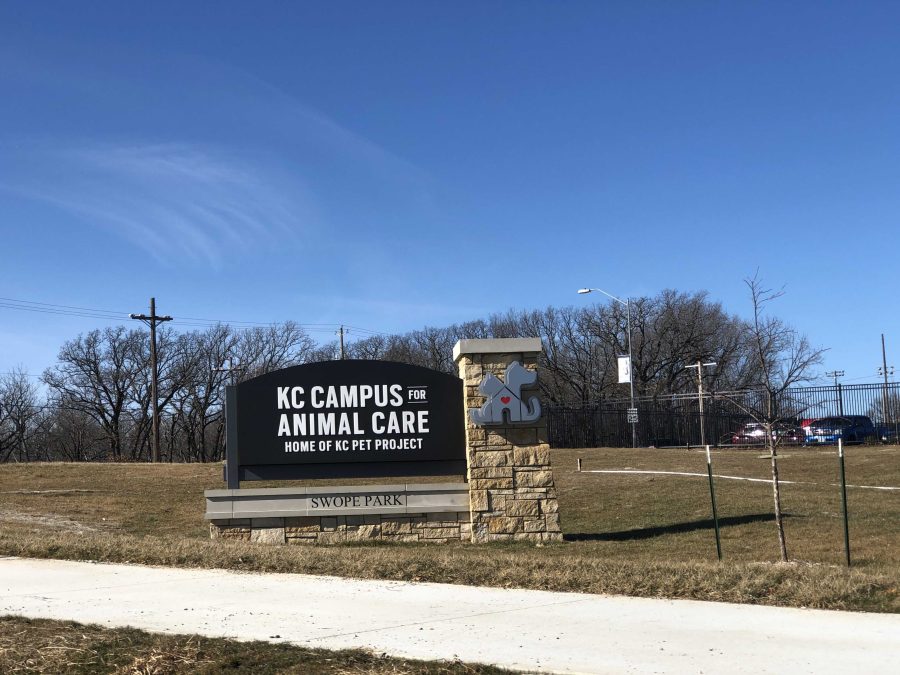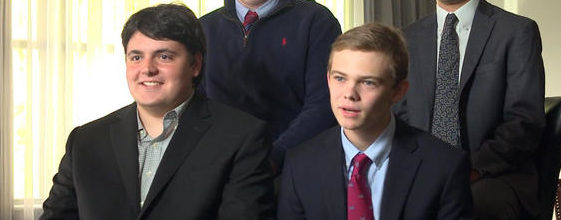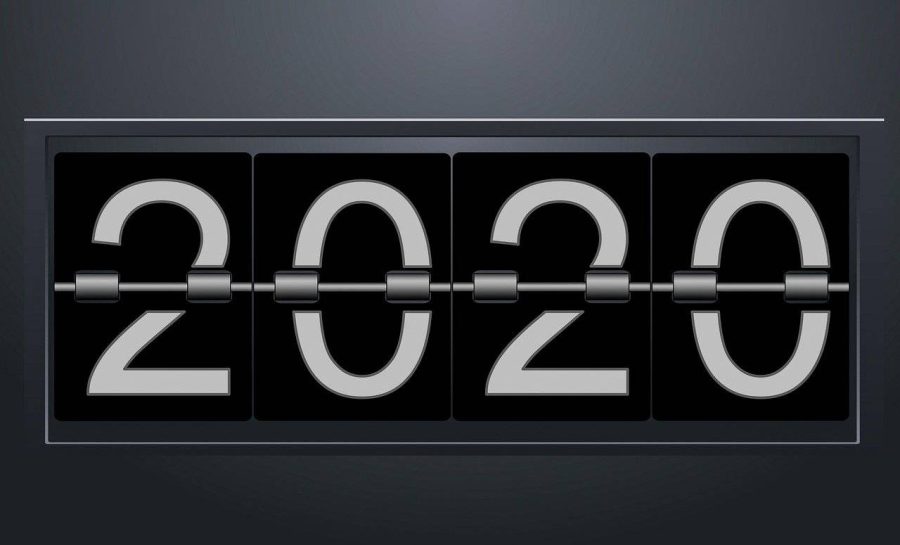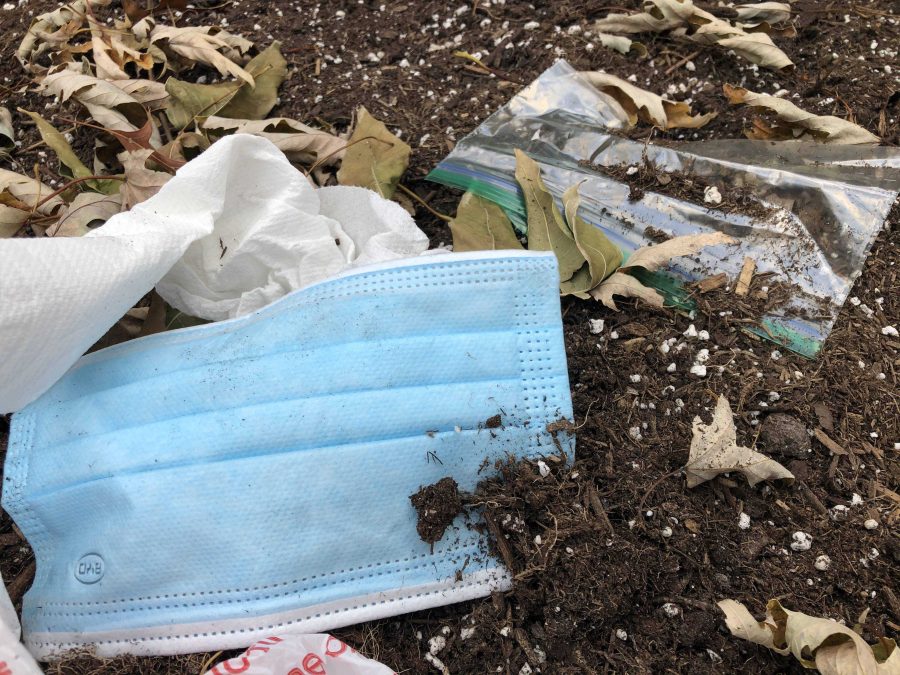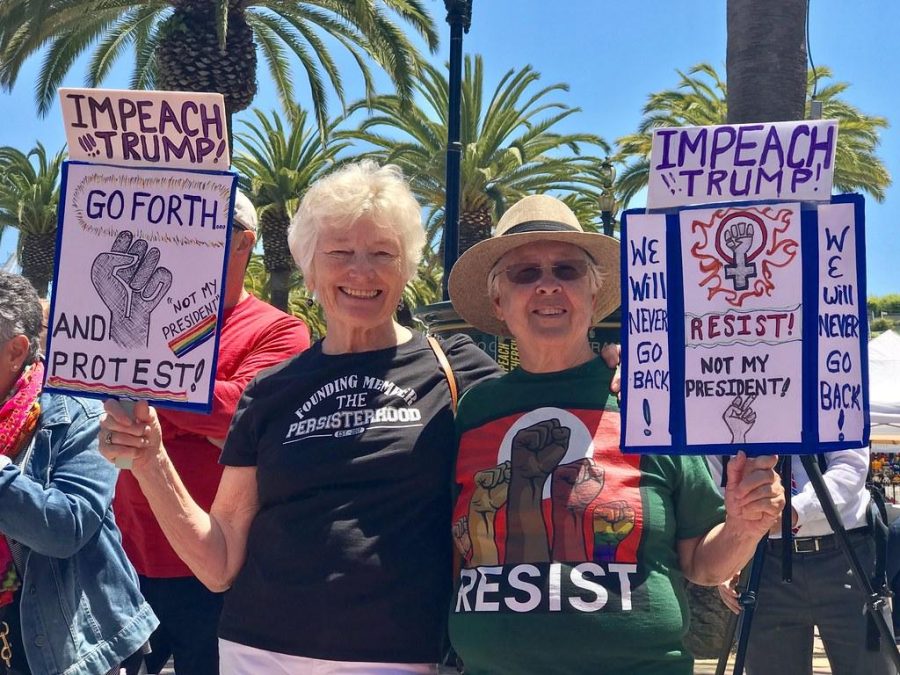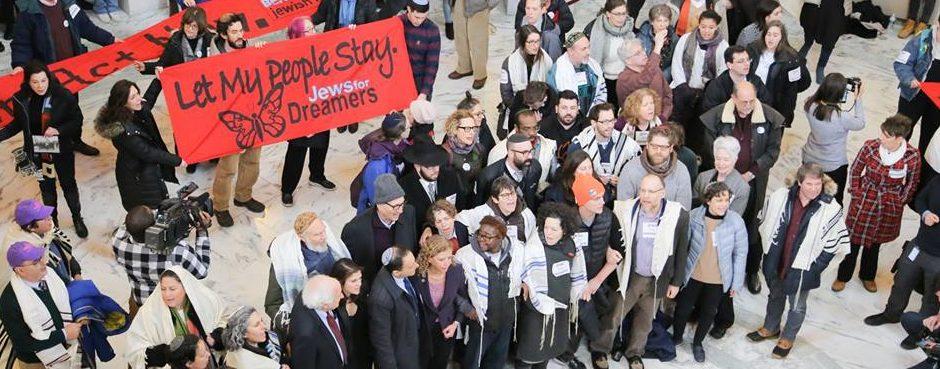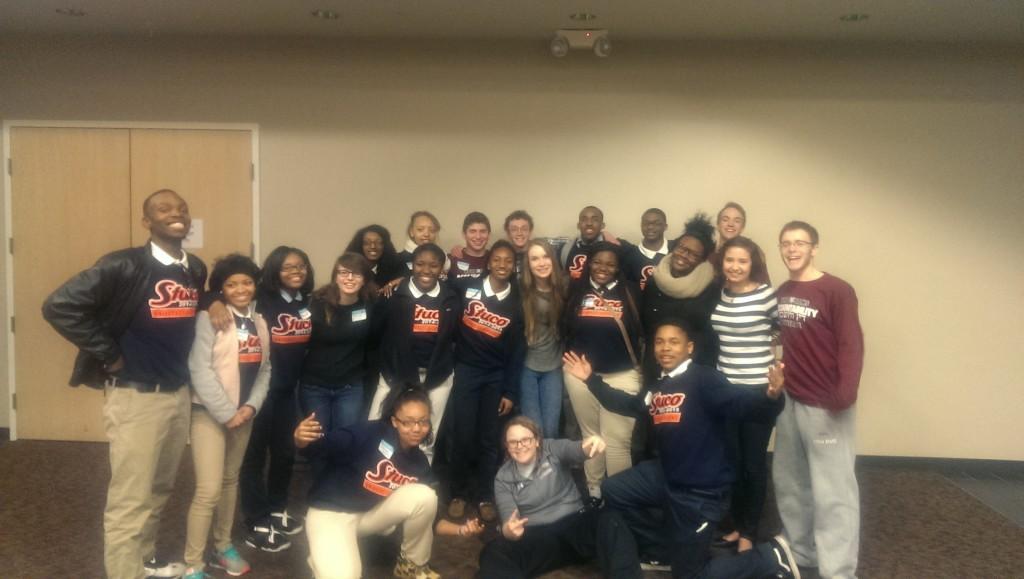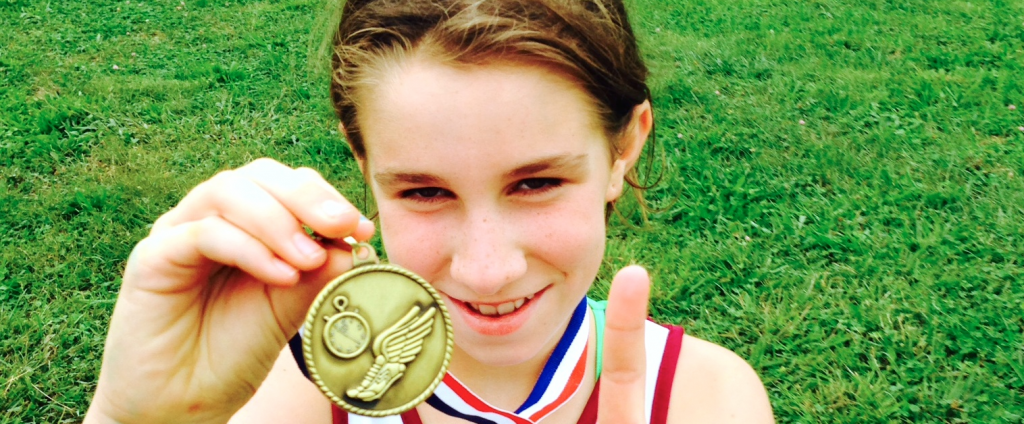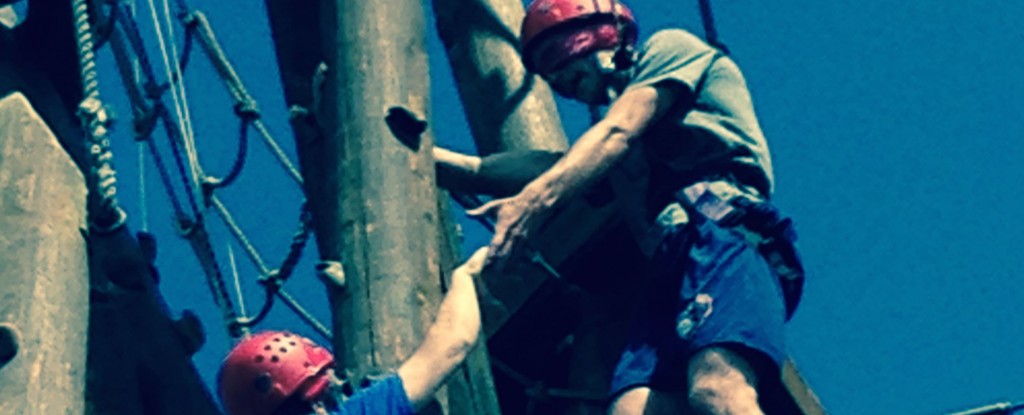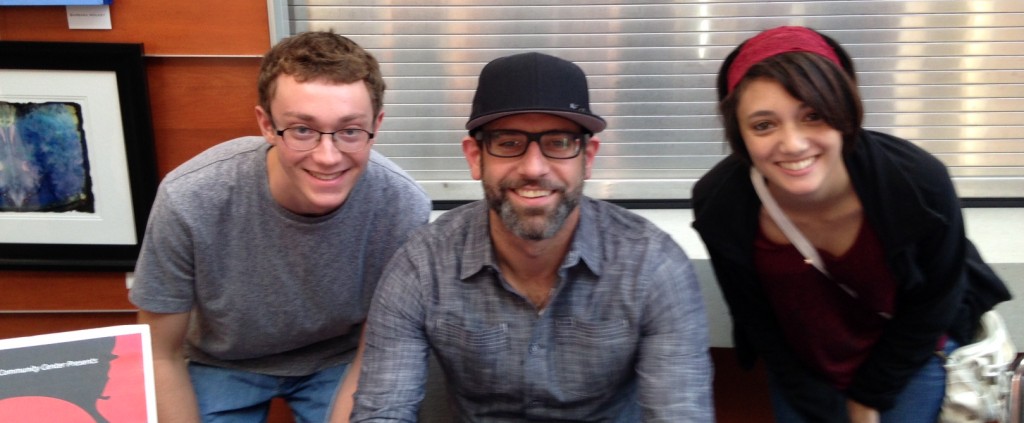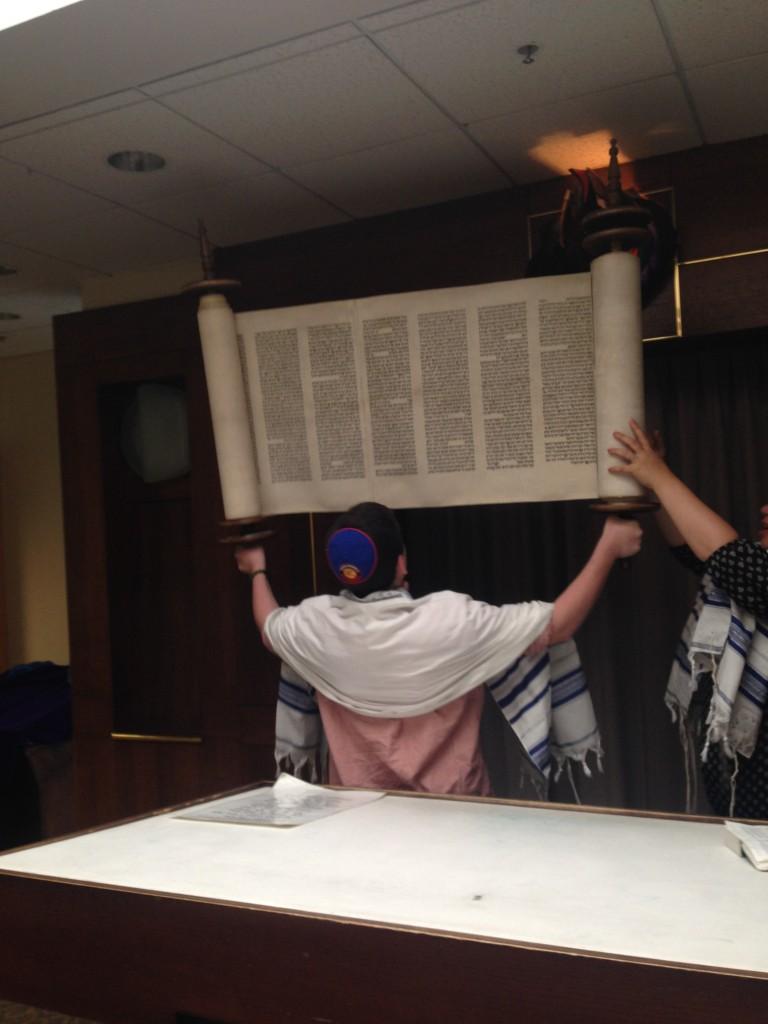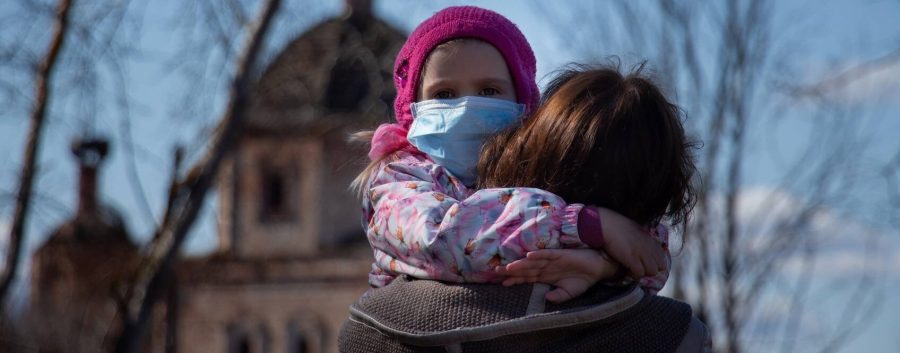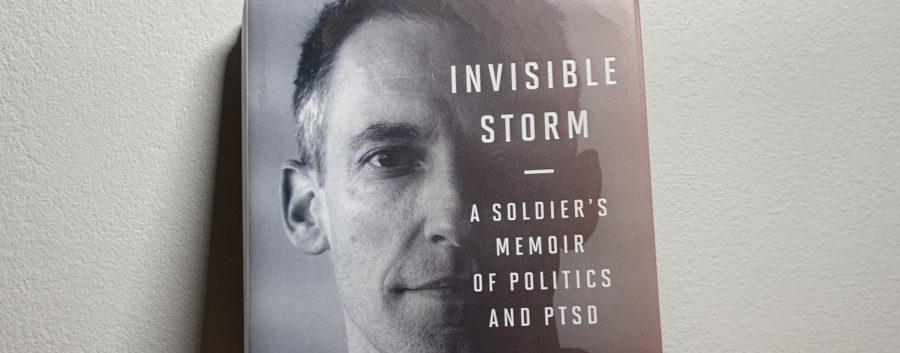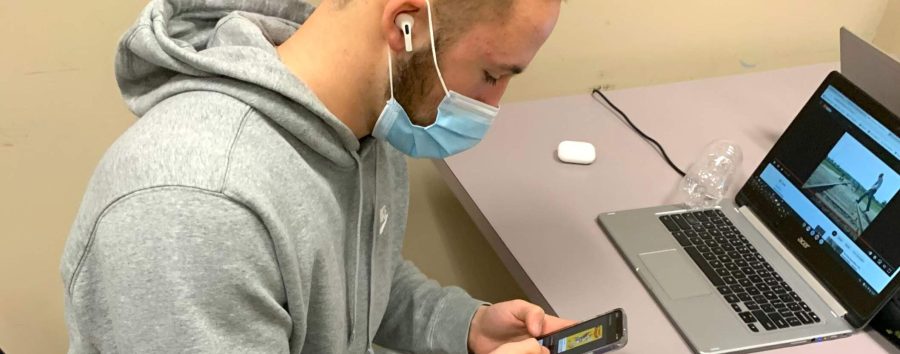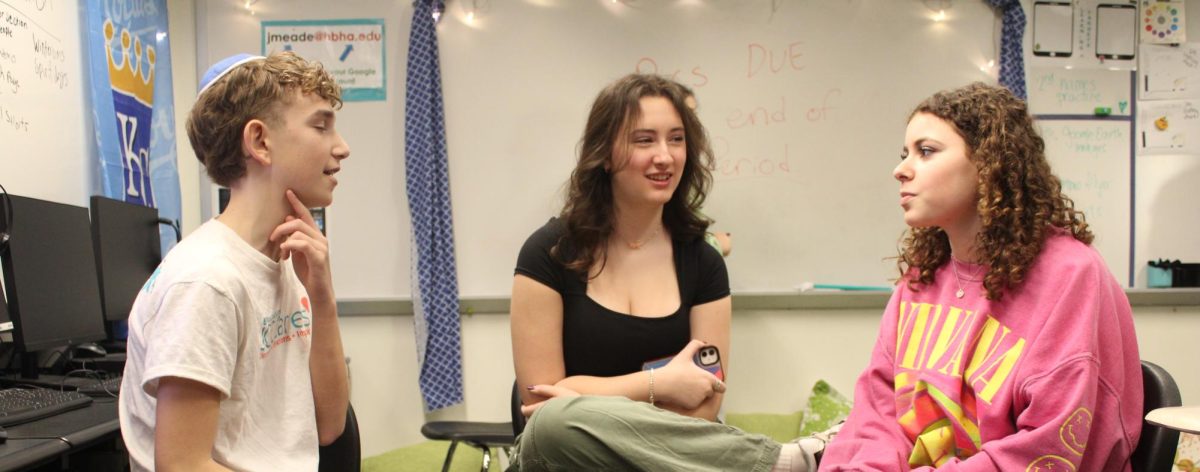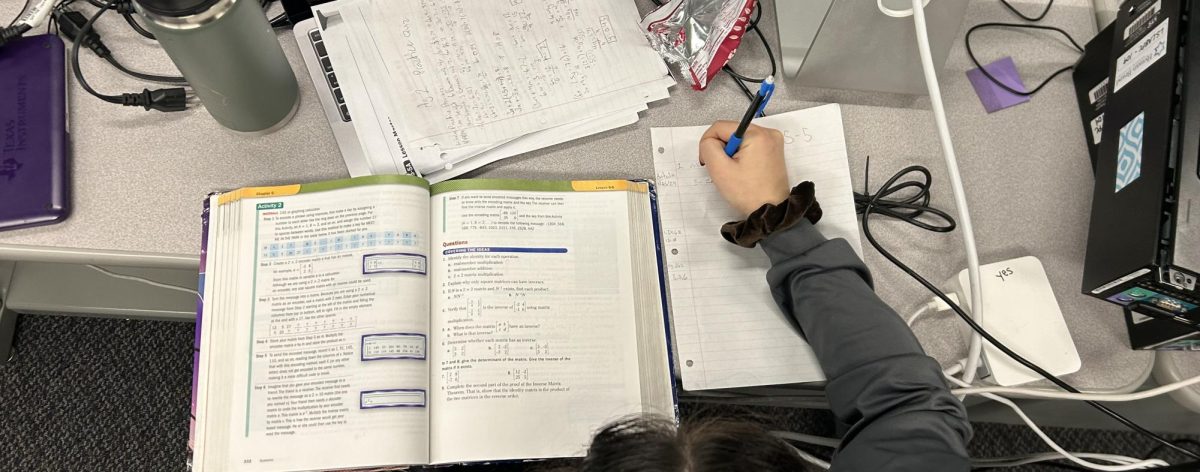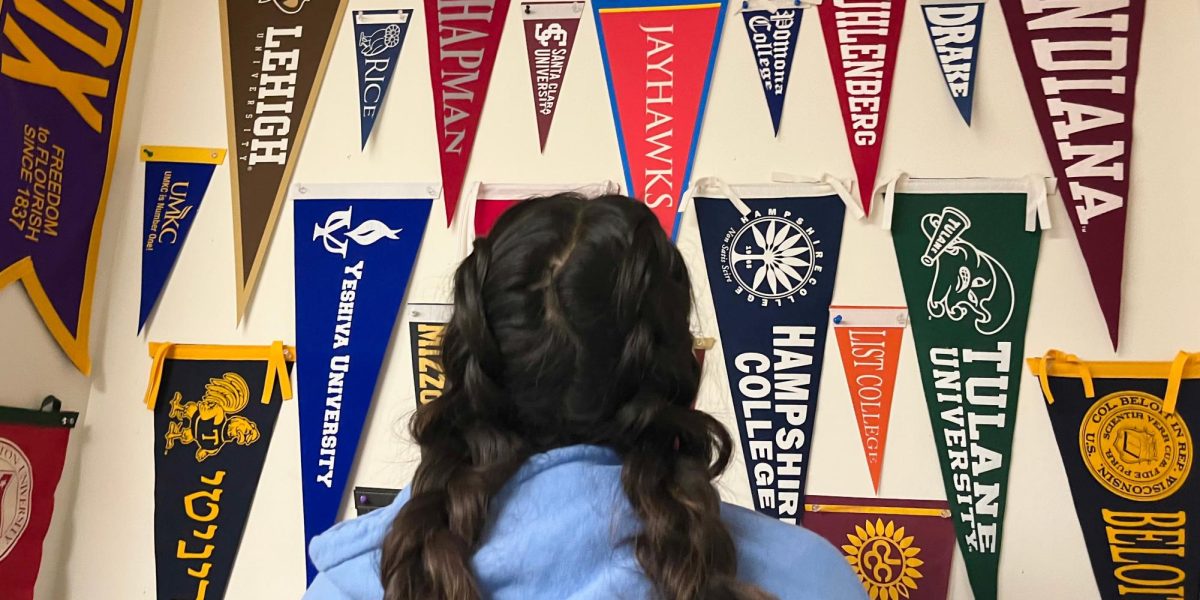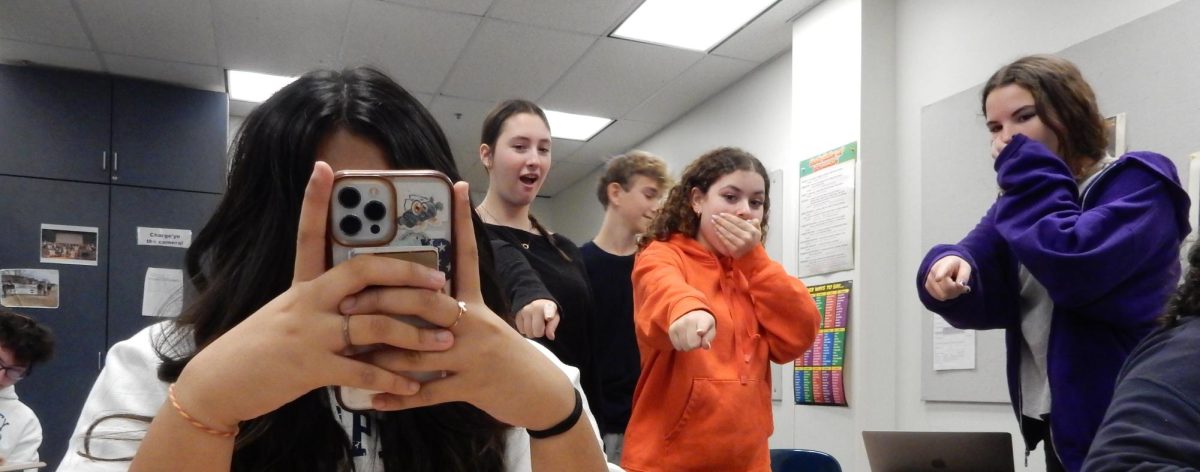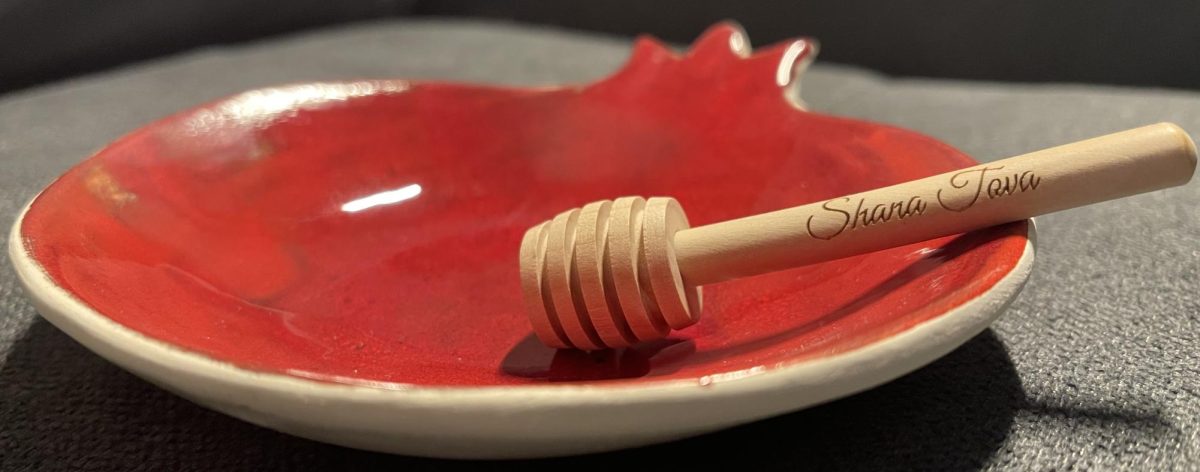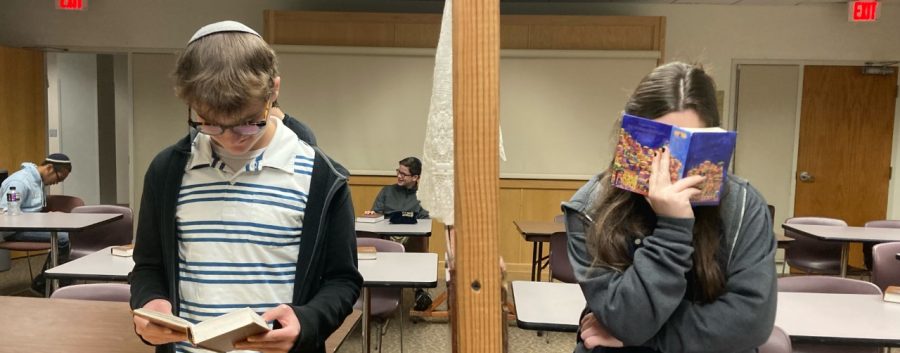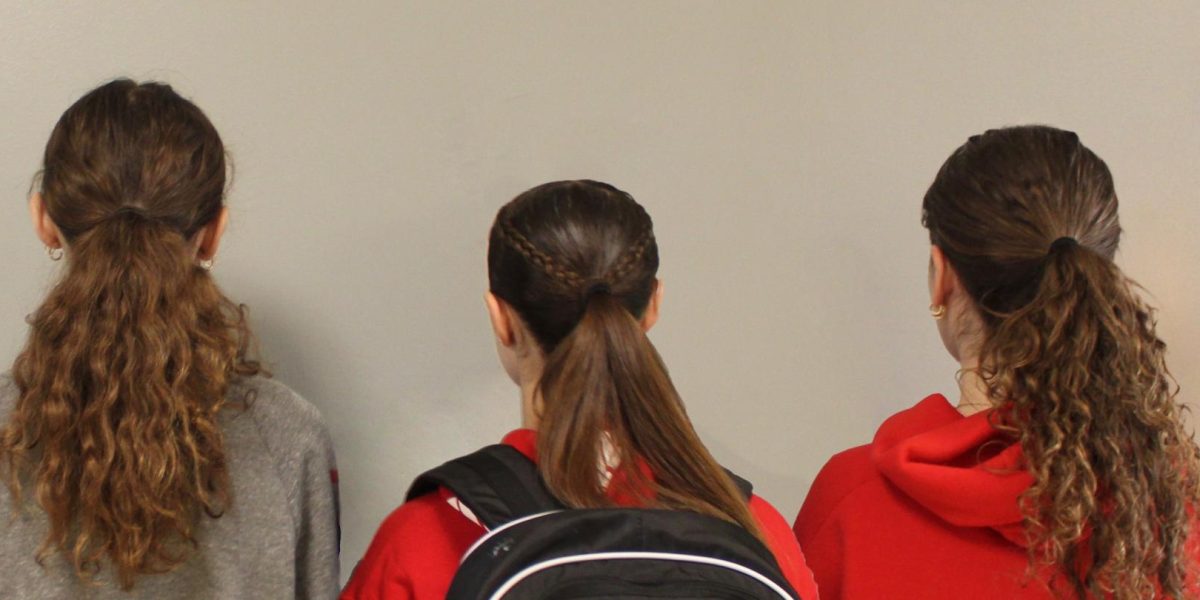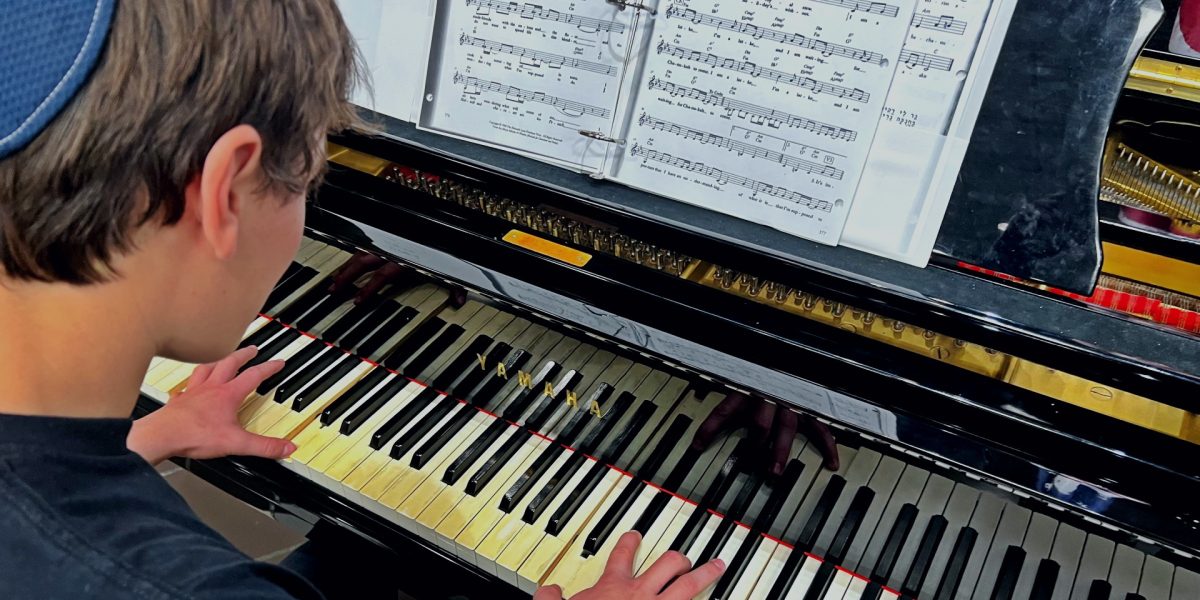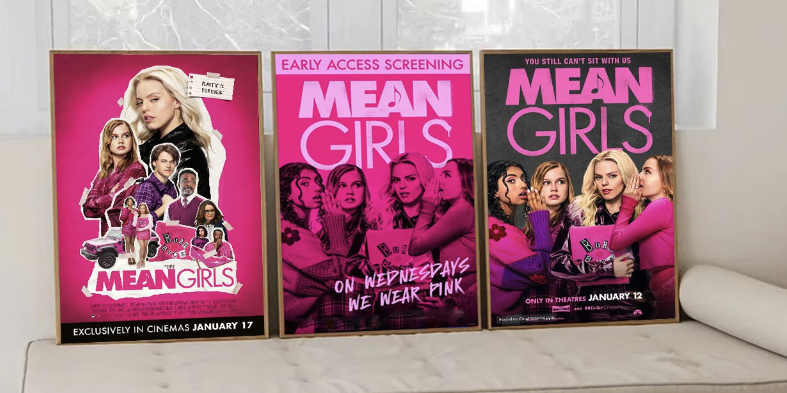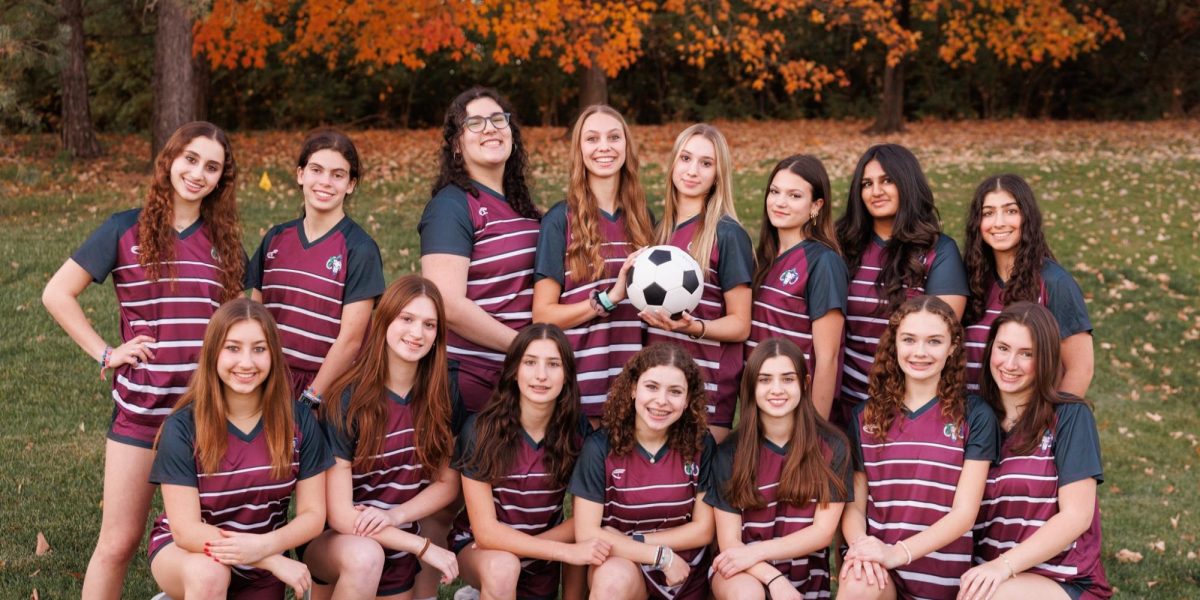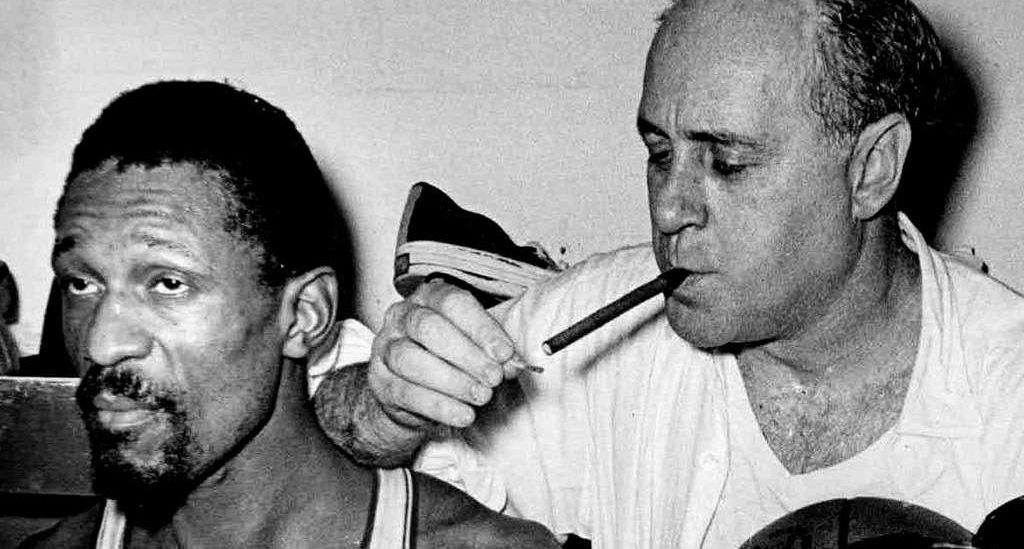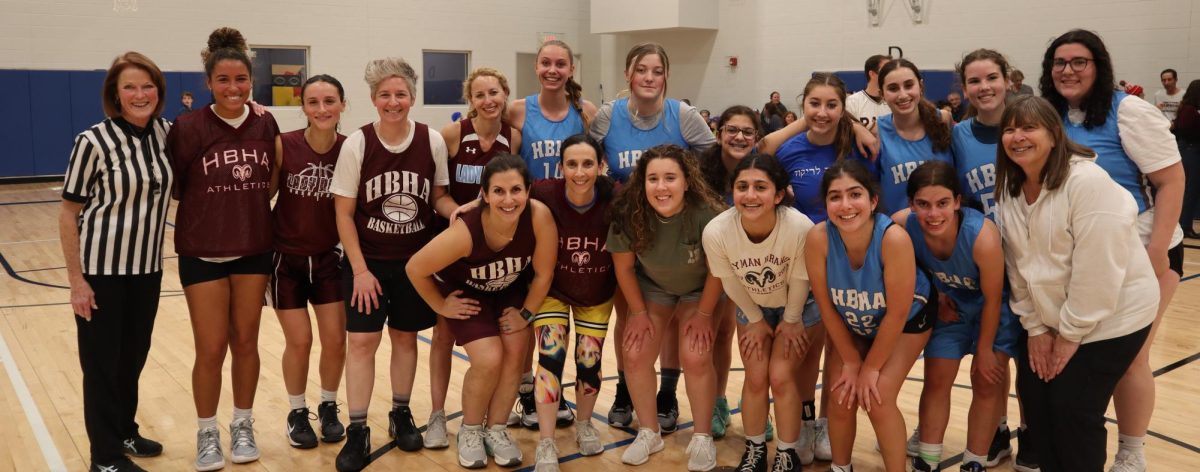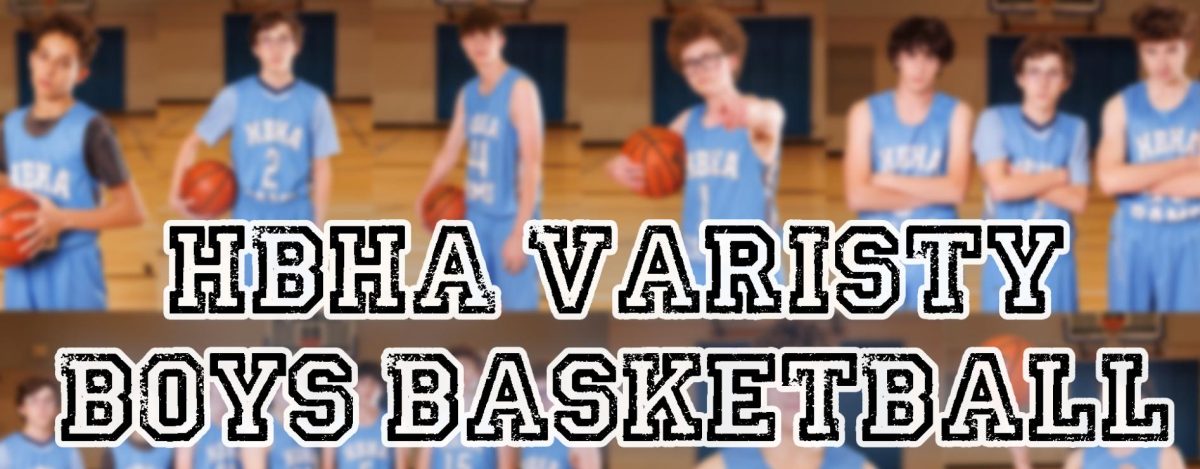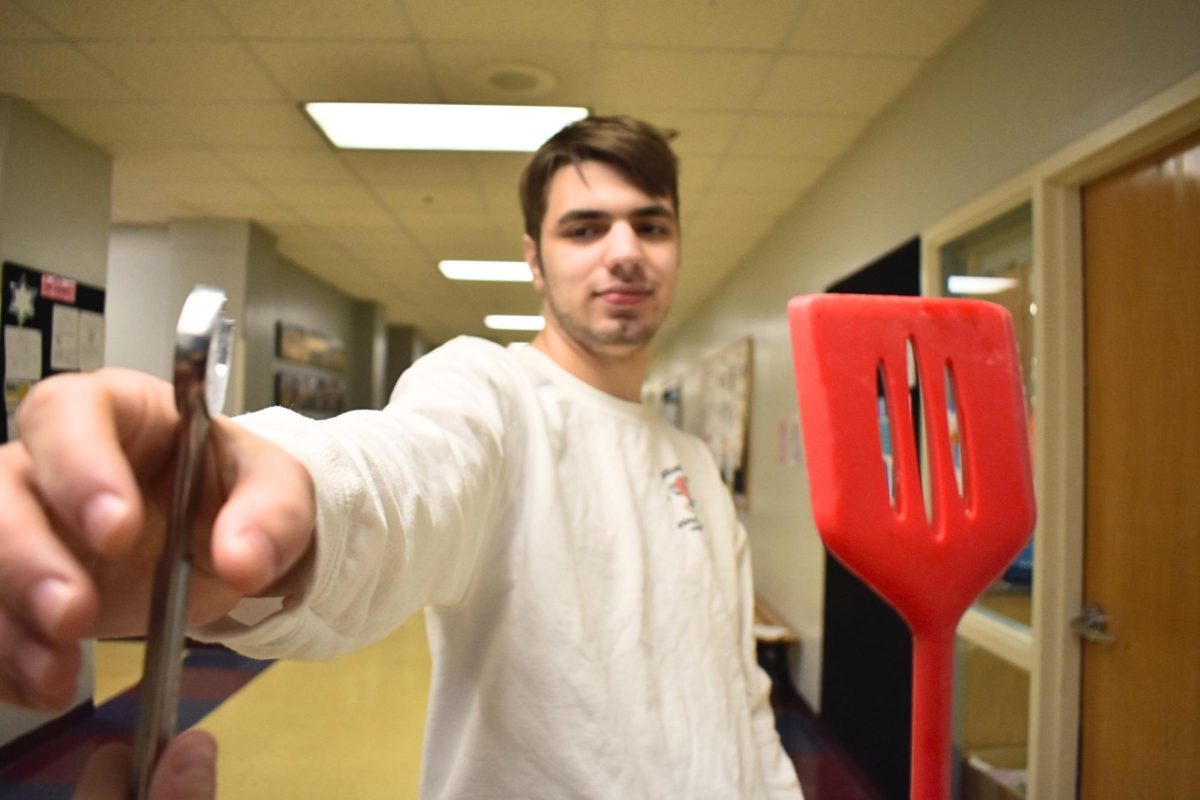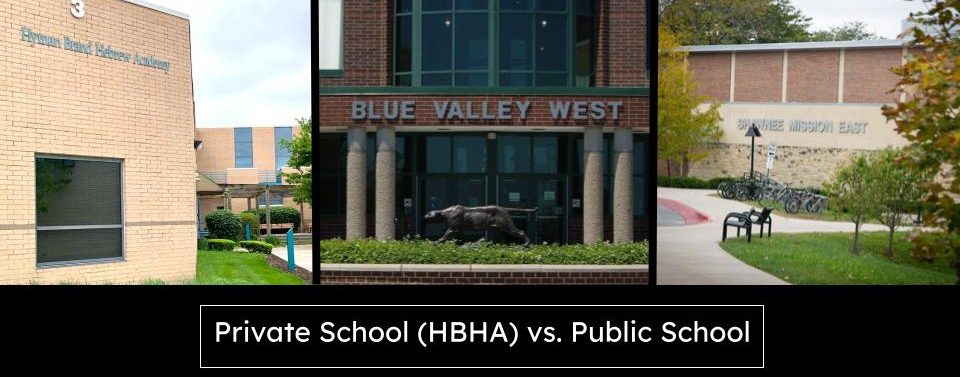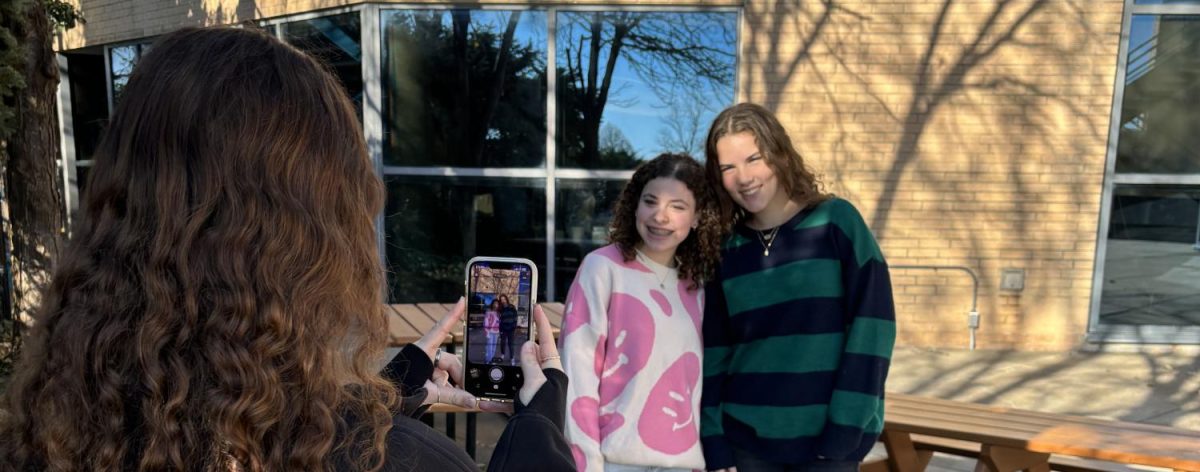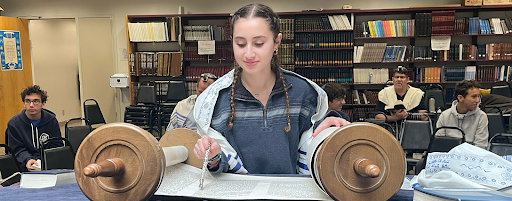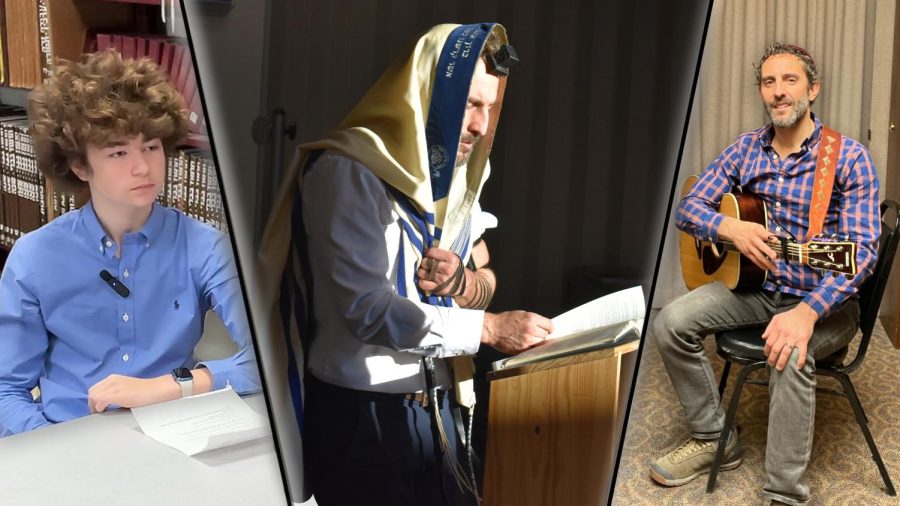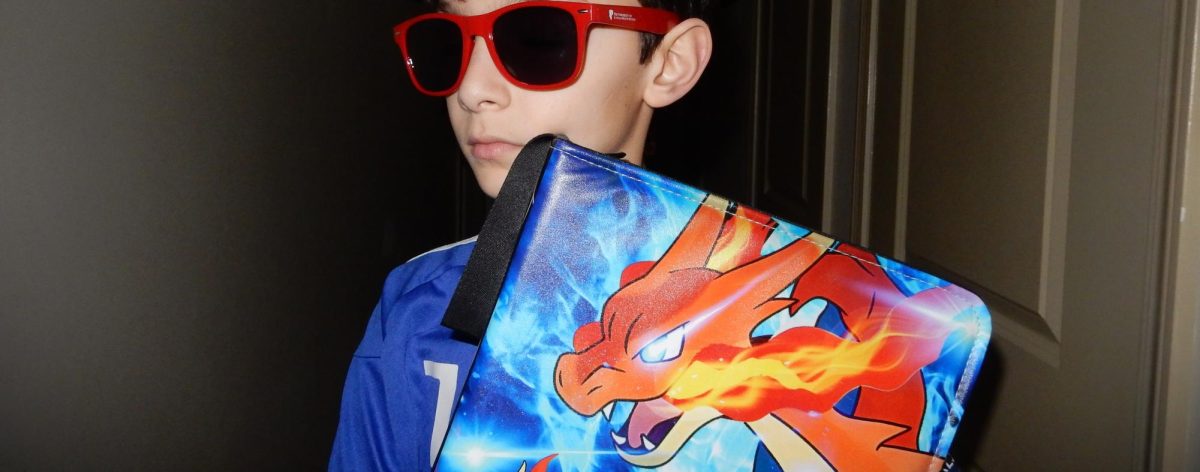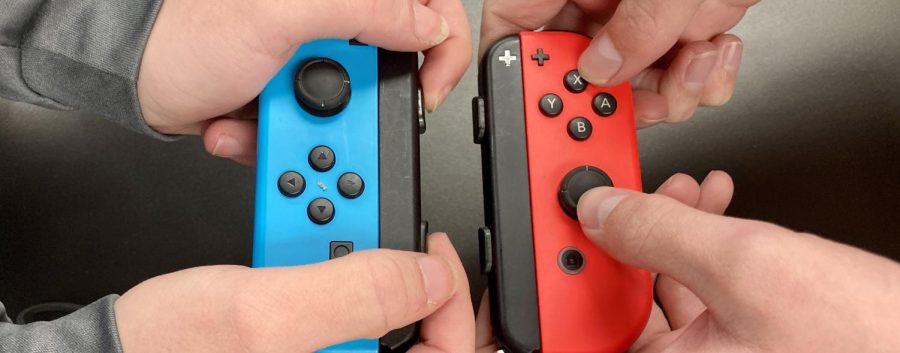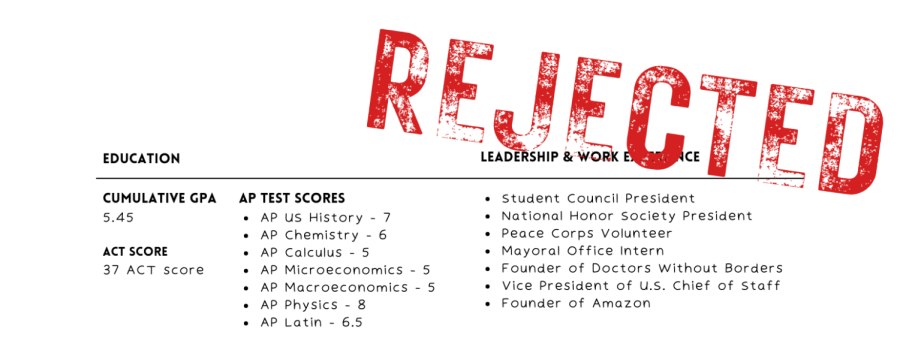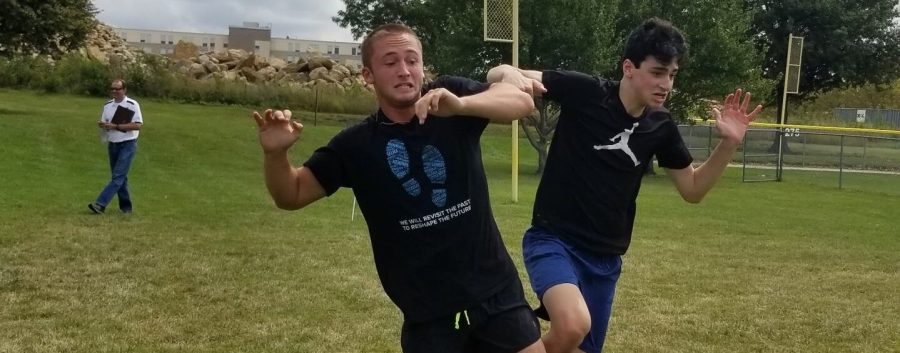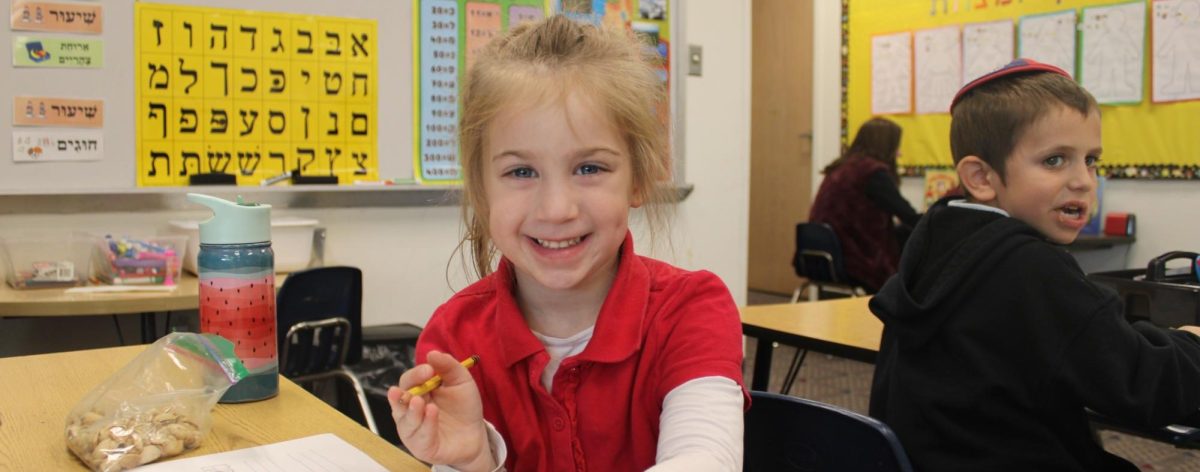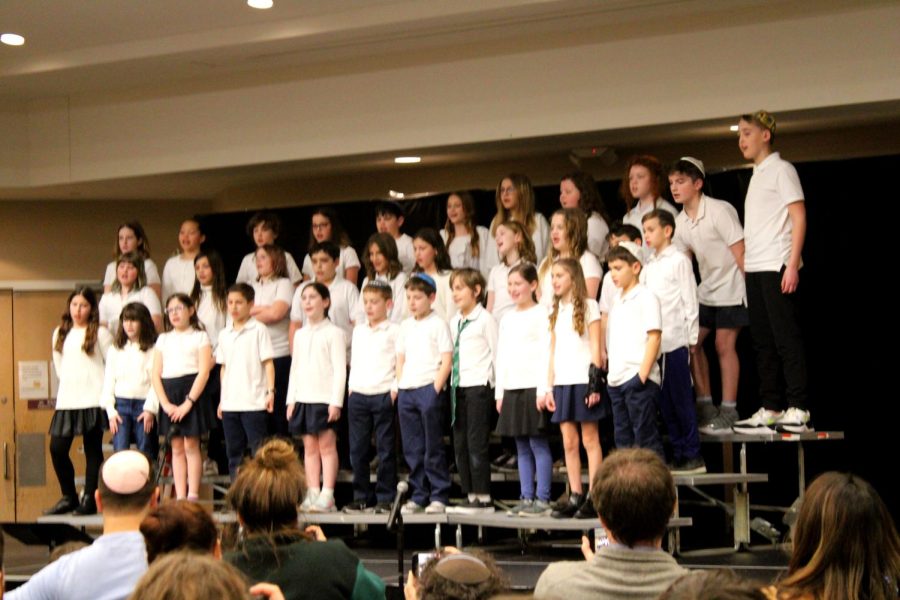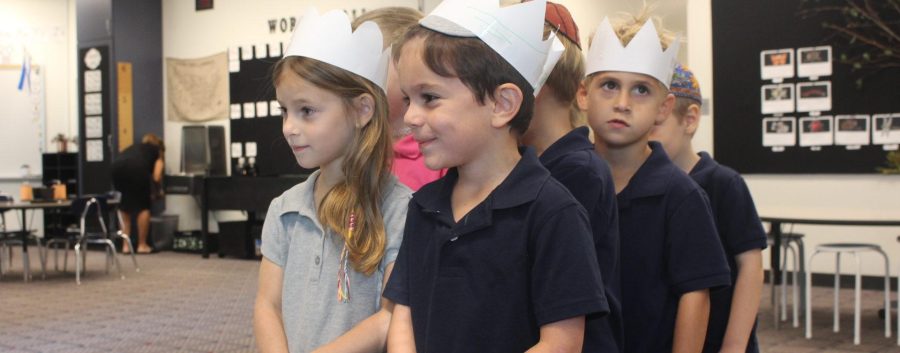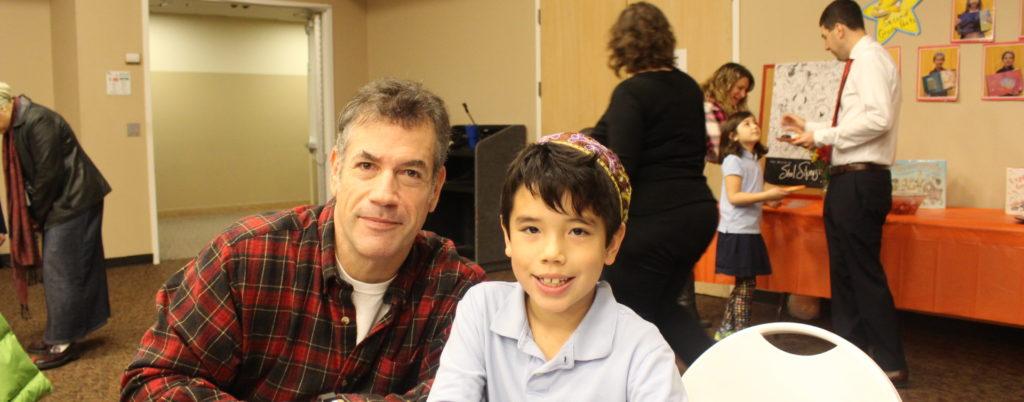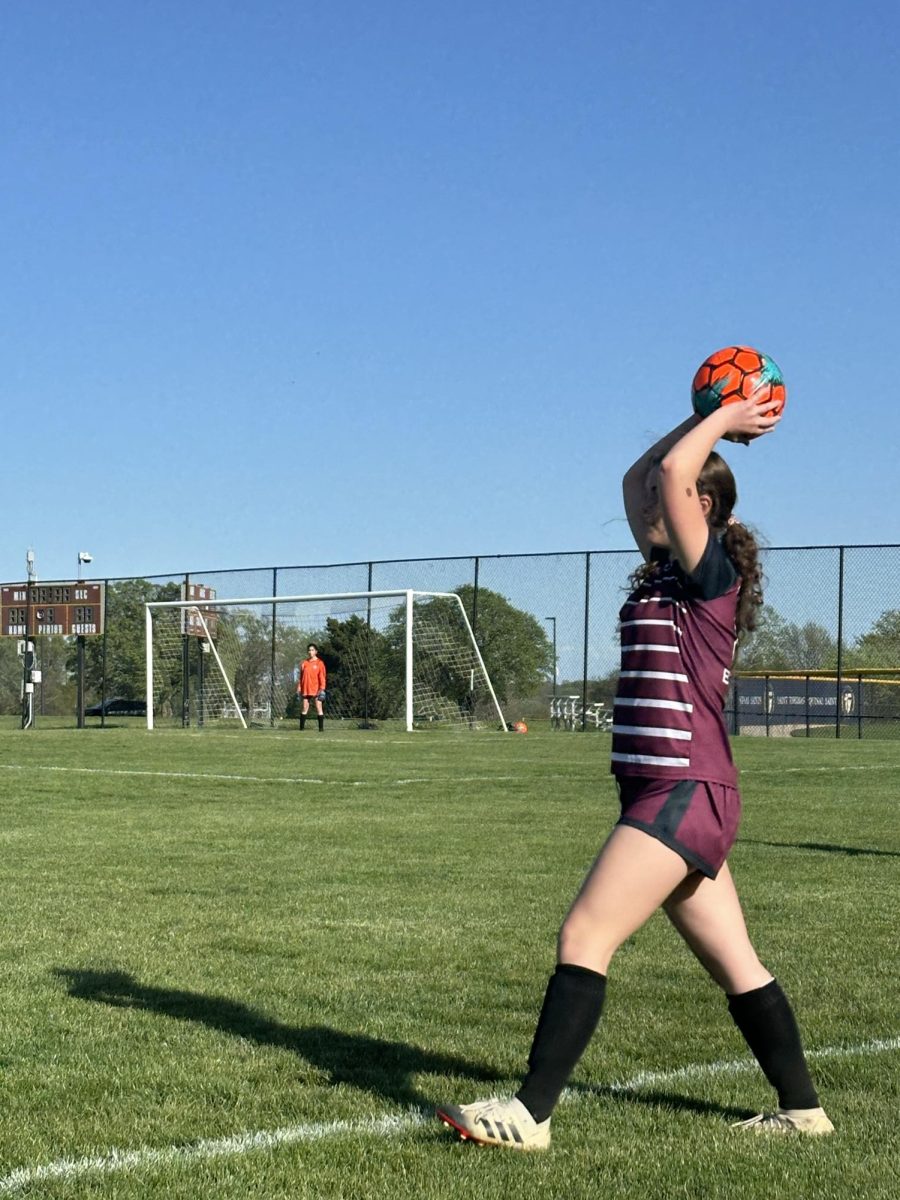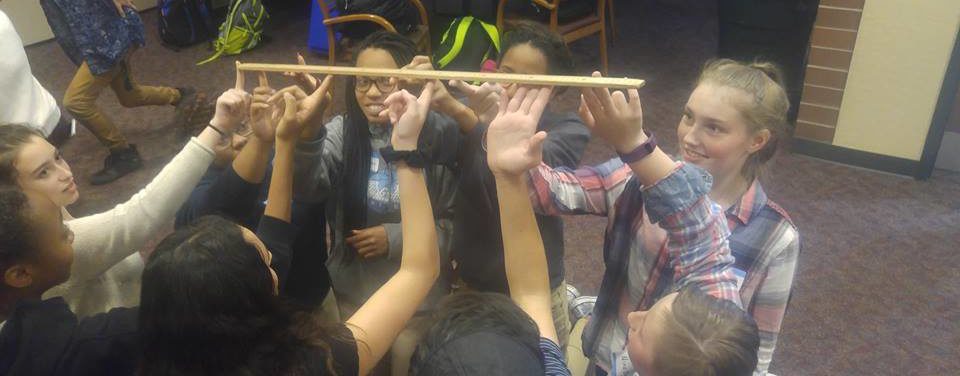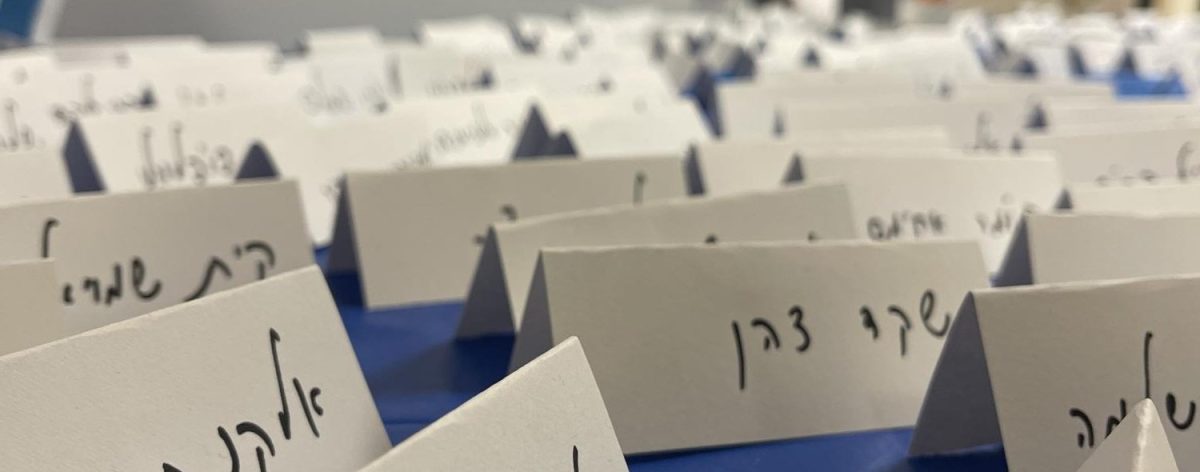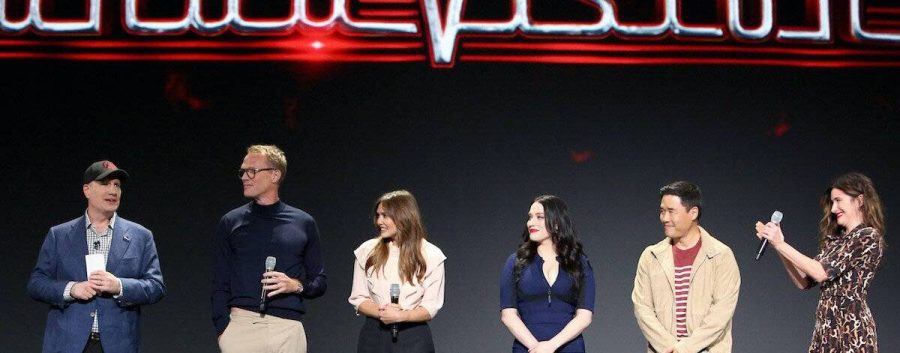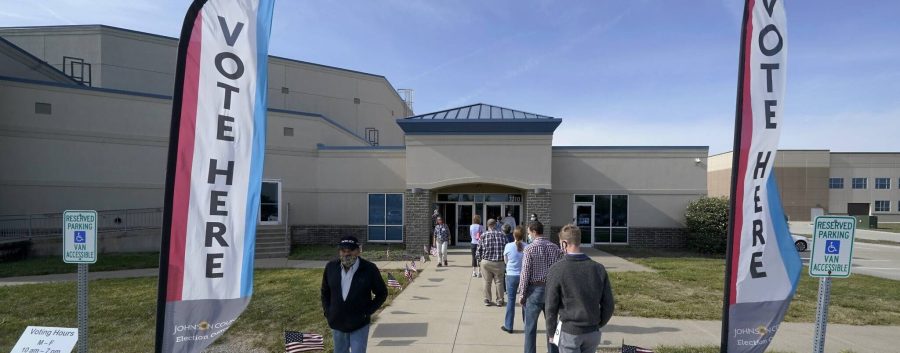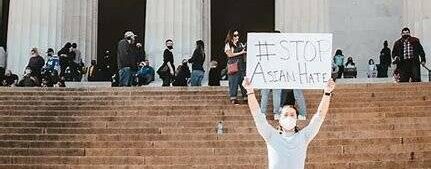Slider image by Todd Clauer
Kansas City, Mo. – On Oct 23, Hyman Brand Hebrew Academy (HBHA)’s freshman and sophomore classes traveled to University Academy (UA) to meet students from their National Honor Society cohort in preparation for a civil rights trip upcoming in March of 2018. Since 2015, the two schools have partnered to study the Civil Rights Movement. This was the first of many meeting the current group of UA and HBHA students will meet in preparation for the upcoming trip.
The students were split into groups and introduced themselves to each other to begin the program. Following this, they participated in a few team building games. As the UA and HBHA students got to know each other, they were separated between two rooms to discuss stereotypes: the UA kids in one room and the HBHA kids in another. The HBHA kids discussed stereotypes for “Black people” in one room, and the UA kids discussed stereotypes for “Jews” in the other.
Reflecting on the experience, HBHA freshman Bree Katz explained, “When I walked in the room, I wasn’t a fan of it right away. It made me really uncomfortable saying these things I didn’t believe about a group of people I didn’t even know yet.” This was not an easy task for the students. They were urged to come up with stereotypes they had heard before even if they did not agree with it. “I didn’t want anybody to get offended,” Katz added.
The two groups joined together and brought out their lists for discussion. Both HBHA and UA students got to see what stereotypes the other group brainstormed about their respective groups. HBHA Sophomore Gavi Glickman said, “It was interesting to see what the UA kids’ reactions were to our stereotypes because, when they made stereotypes for us, they were general things that I think of Jews also.”
While the students sat together, they shared how seeing the stereotypes for their own group made them feel.
“I didn’t feel uncomfortable during the exercise,” said UA student Mahlet Getahun, “I’ve heard of all the stereotypes before; therefore, nothing came as a surprise to me.” It was not easy for everyone to be completely open and honest about how they felt, but, nevertheless, students participated with energy and enthusiasm.
Numerous students shared which stereotypes were unexpected or hurtful. “A lot of stereotypes that were on [the “Black People” stereotype list] were that they had hard lives, so I figured they could sympathize with other people.” However, Katz continued, “somebody got offended by that.”
Some students felt more comfortable than others during this activity: “It definitely did not make me uncomfortable at all when they did stereotypes for us. There was nothing really that harmful about the [ones] they made,” Glickman said. Some examples include “[having a] big nose or you dance a lot,” contrasting to stereotypes shared relating to “Black People,” including “growing up without a father [or] living in the poor neighborhood,” he added.
This was a beneficial activity for the UA and HBHA students overall. “The program was honestly very eye-opening,” said Getahun. Glickman states that ‘“we got an appreciation for how other people perceive us and perceive groups as a whole.”
Katz got more out of the activity than expected: “I definitely think it put everything out in the open and it was good that we weren’t ignoring the fact that there are stereotypes. I think it made our two groups a lot more comfortable with each other, knowing that that stuff is out there and we recognize it, but we don’t believe a lot of that.”
UA senior TateAnna Gravely-Moss said “this year’s program seems almost identical to the one from two years ago,” as this is will be her second year studying the Civil Rights Movement with HBHA.
“I feel that because I underwent a similar experience, my emotions weren’t as heightened as they were the first time around. However, I did admire the maturity shown by both schools when it came to revealing the stereotypes to each other,” she continued.
Overall, this program brought numerous benefits to both the UA and HBHA students. It helped with their understanding of common stereotypes and it was “important because the first step towards social justice is communicating hot topics, one of which being racial limitations and religion,” said Gravely-Moss.

